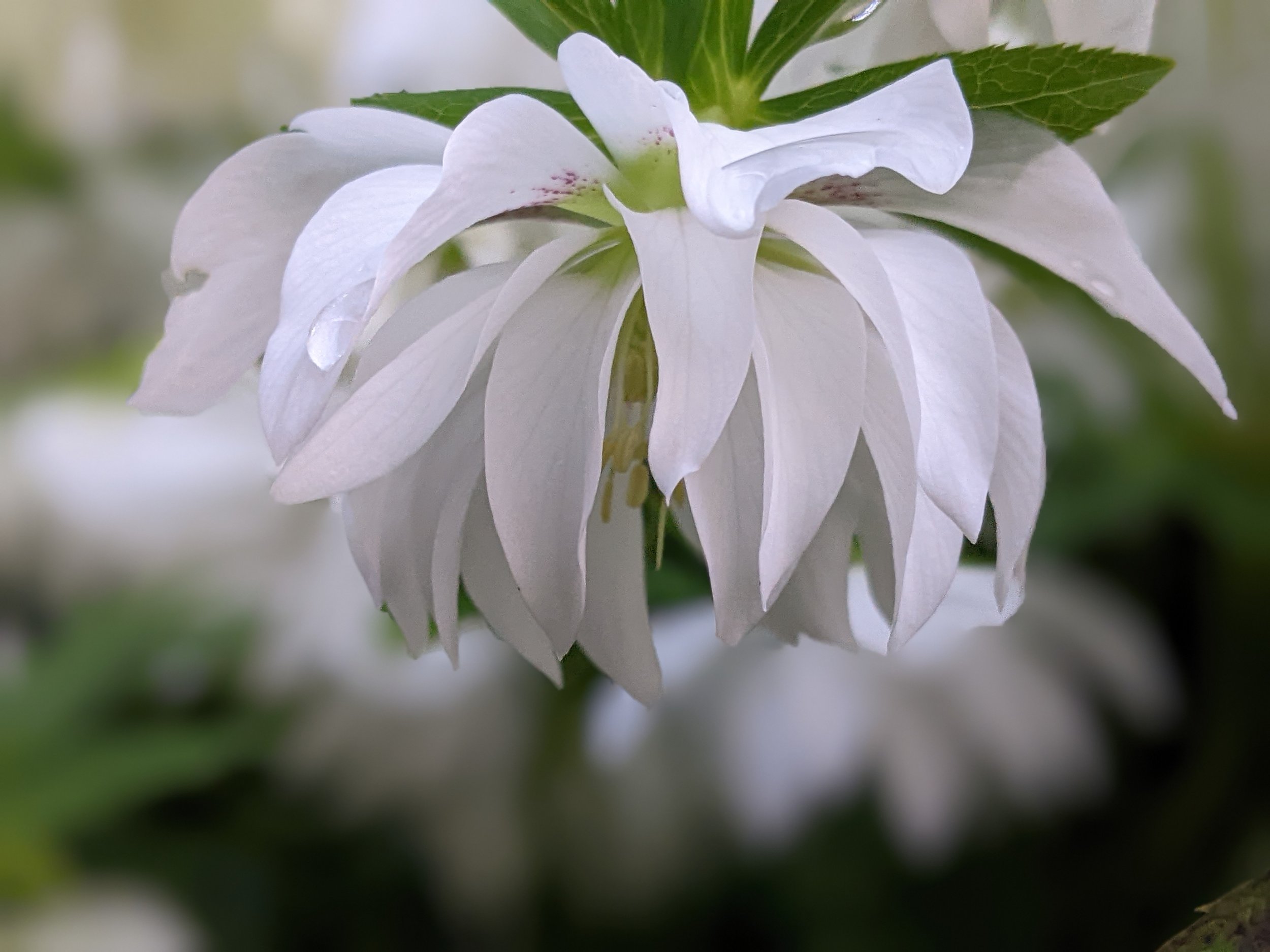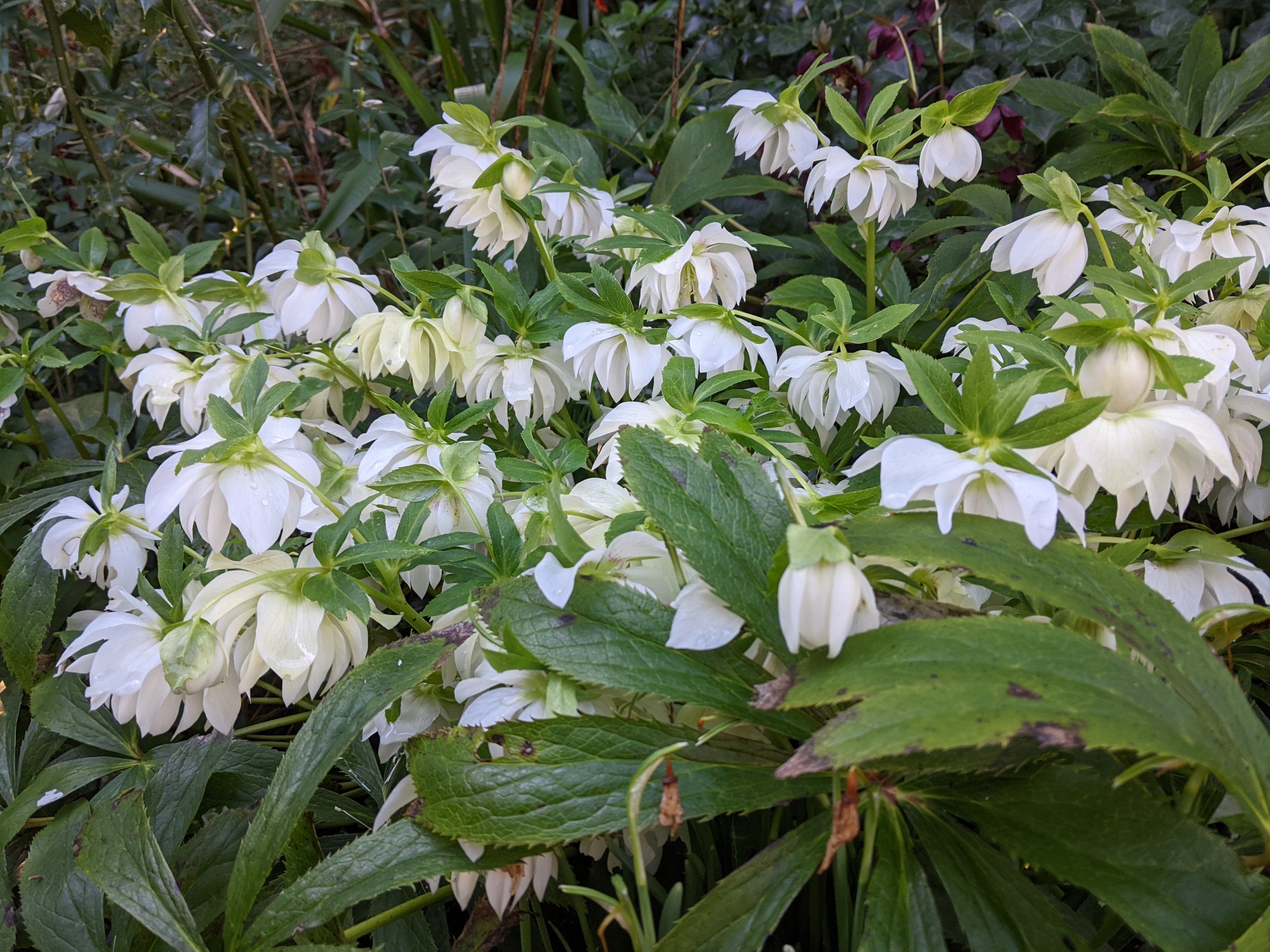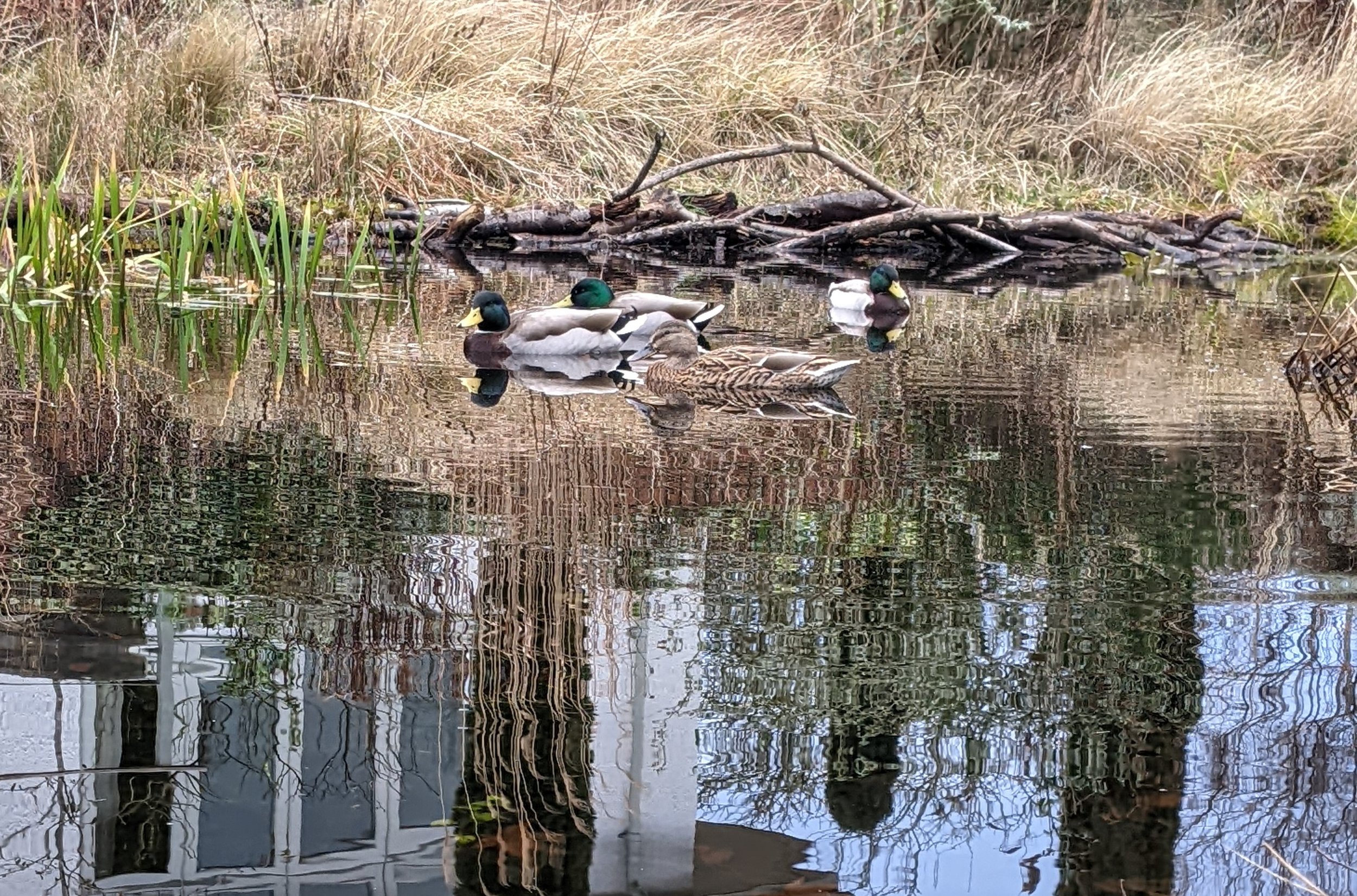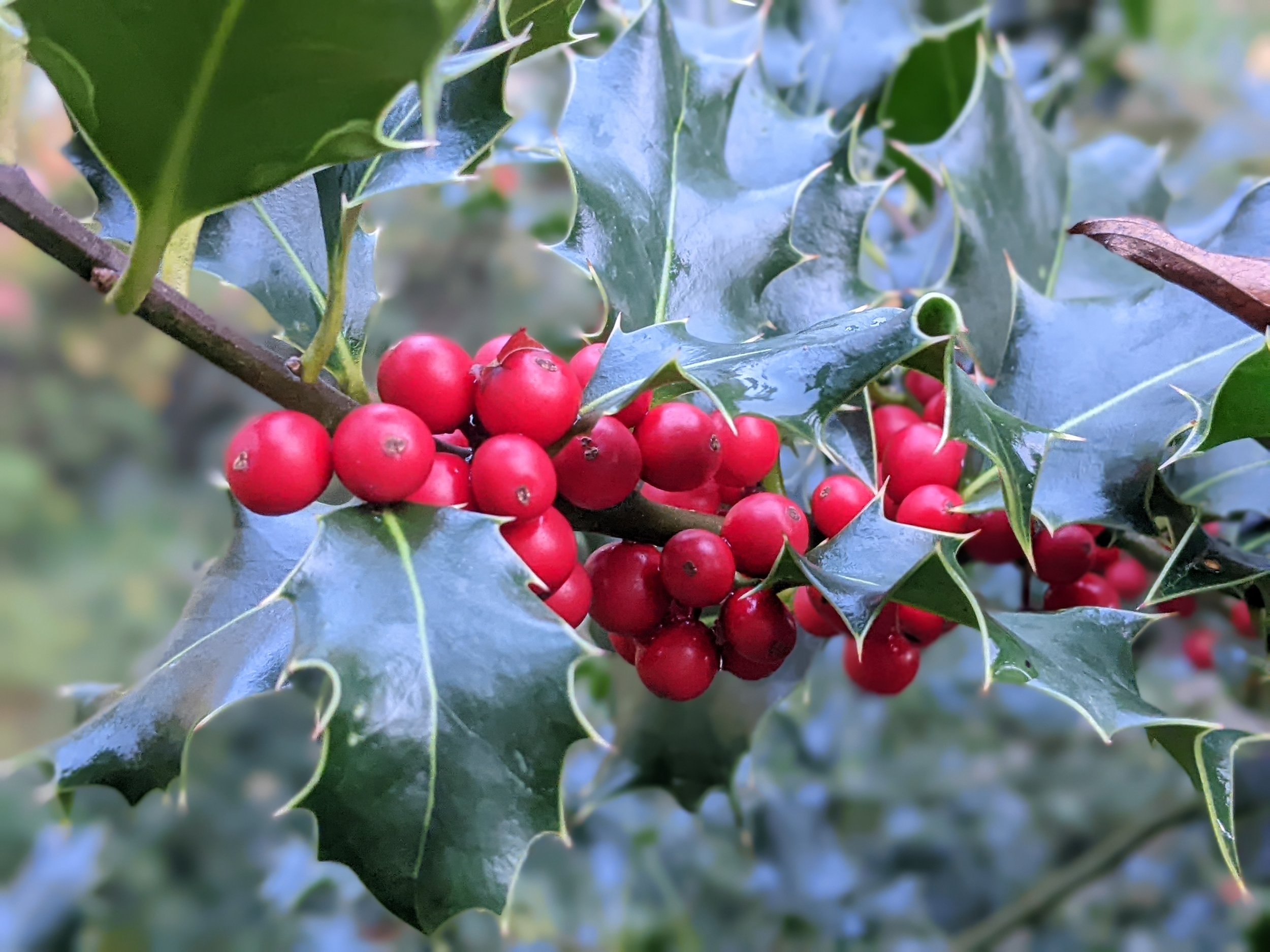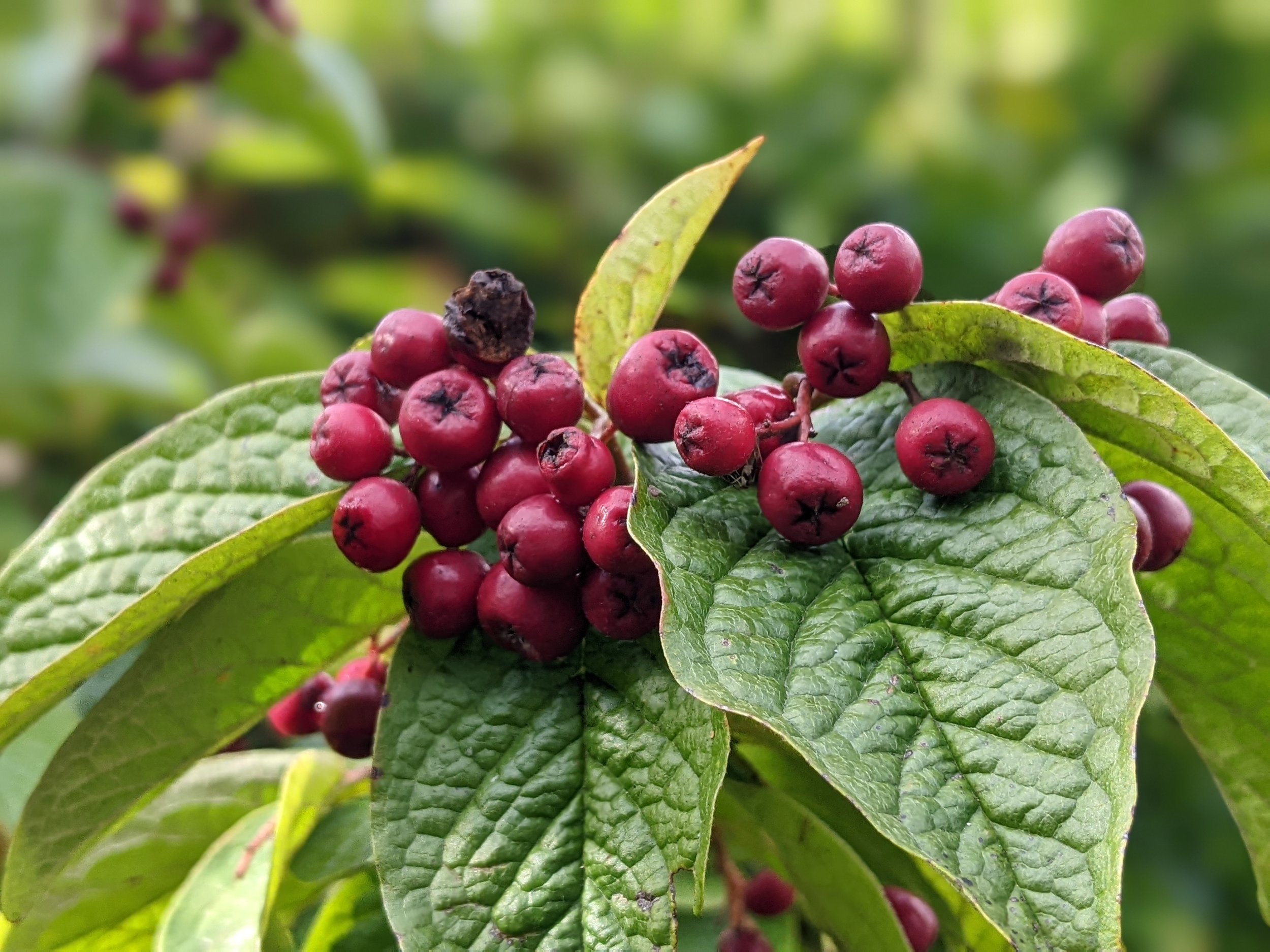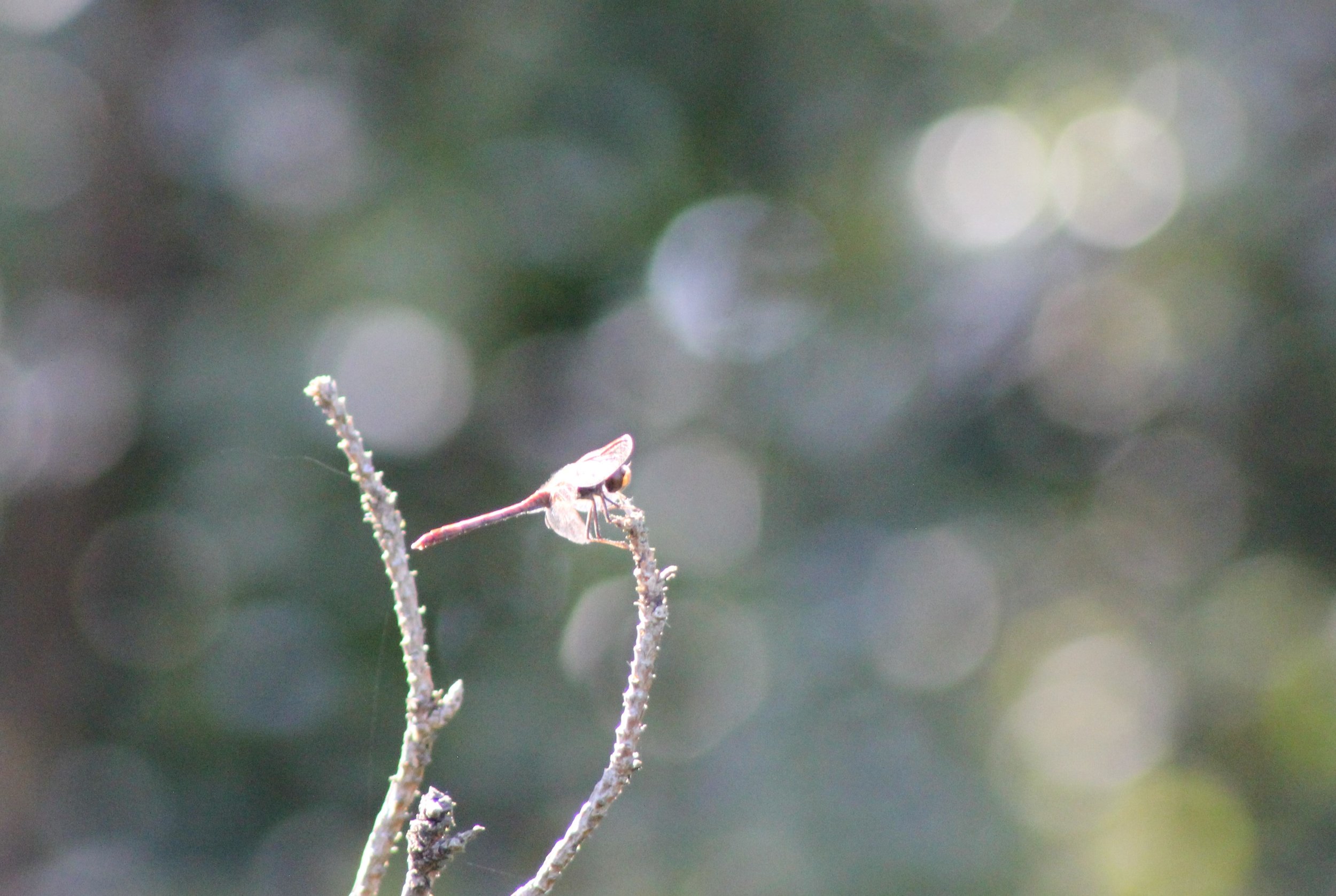The qualities I value most in my garden become ever more important to me as biodiversity continues its terrifying decline. The prevailing political decision makers seem either wilfully ignorant of the facts, or so pressured by corporate lobbyists, that scientific advice and true economic facts are irrelevant. So to retain any sense of positivity and sanity, I look to my garden.
Sitting, or meandering through it pretending to be busy, I’m embraced by its tranquility, wrapped in its calming green, held and hugged close by nature, but the dispiriting reality is that I’m in a minority.
Persistant still, despite all we know and should understand the repercussions of, throughout the gardening media and public are the words and phrases used to encourage destruction, disparage our native plants, those which arrive unbidden because our conditions suit them down to the ground, the ‘weeds’. Those plants whose DNA, like our own, dictates their growth size and habit are deemed through our whims and preconceptions to be ‘Out of control’ and ‘overgrown’. Even worse it seems to most gardeners are the ‘pests’, often species of insect during one phase of their life cycle, which having found a niche within our gardens’ ecosystems have formed a vital part of its food web.
My lovely next door neighbour visited a few days ago for a cuppa and catch up and as we chatted about box moth caterpillars, I told her how much a pair of dunnocks had enjoyed eating them last summer and showed her how well the host box balls outside the front door had recovered.
This year’s food web example which has given me a huge amount of pleasure to watch develop, began with the arrival of aphids, an event I look forward to every year knowing that they are so important to so many species. This year they broke with tradition ignoring the roses and absolutely covered every stem tip of a Buddleja just outside the kitchen window.
A pair of blue tits nested in a sparrow box along the house wall and as the chicks chirped ever more insistently, the parents zoomed up and down the path between them and the Buddleja, beaks stuffed with aphids, almost non stop until their babies fledged. They were then taught to feed themselves among the branches but like all growing youngsters seem to like the fast food outlet best and are now helping themselves from the bird feeder almost constantly.
Next to take advantage of any aphids missed by the birds were the ladybirds. Having failed to spot their tiny eggs I couldn’t miss the bristling black and orange larvae, in several of their instar stages and then as pupae, now hatched as adults and heading off to begin the cycle again.
The ever giving and very forgiving Buddleja stem tips are crowned by countless flower heads, all in tight bud. It won’t be long before they will provide nectar to a wide range of other insects which will in their turn be prey to other birds. If I dead head the Buddleja as summer progresses they will continue to flower on into autumn and keeping most of their leaves, be a cosy home for this year’s generation of ladybirds as they overwinter.
Our gardens are working hard for nature all year round as the cycle of life continues, all we have to do is just let them.









































































































